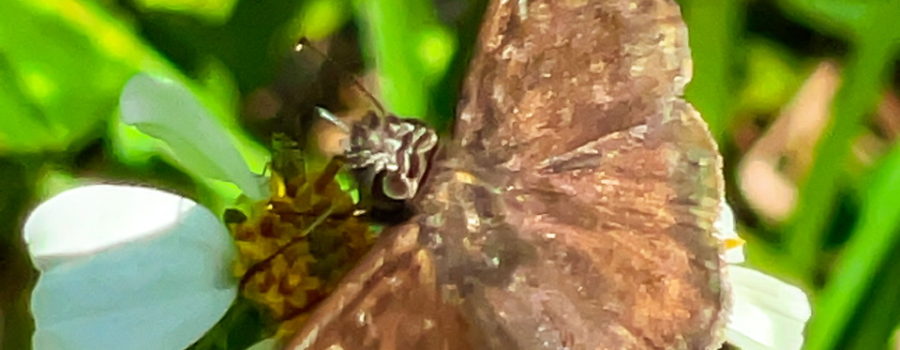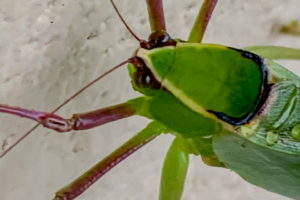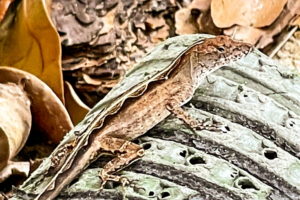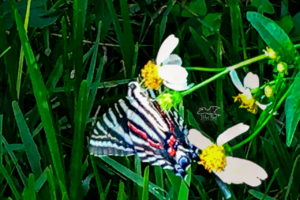Horace’s Duskywing is a Very Helpful Pollinator

This year, ever since the weather warmed up, I’ve been seeing lots and lots of small, dark brownish black butterflies that fly around with a very fast, darting and erratic type of flight. I had seen a few of them around the kennels last year, and that’s where I first spotted them again this year. Since then I’ve seen them in the forest behind my house, in my yard, and at the Henry Beck Park that I visited last week. Last year I wasn’t ever able to get any good photos, so that was one of my goals to get some this year. With so many of them around this year, I was finally successful. Once I had some decent photos, it wasn’t too difficult to identify them. They are Horace’s duskywings, which are a type of skipper (so called because of the way they fly).

The duskywings (there are several other species of duskywings besides Horace’s) are not one of the more colorful butterflies, but they are beautiful in there own way. Their “skipping” flight pattern is very graceful, for example. The females are more colorful and have more distinctive markings than the males, but even the females aren’t what you’d call colorful. Horace’s duskywing has an extensive range in the United States. It can be found from Florida up to Massachusetts and west to Texas in the south and South Dakota in the north. They are usually found in open wooded areas, wood edges, roadsides, wooded swamps, and open fields. They are generally considered a species of least concern except in Connecticut, where they are considered a species of special concern.

One of the biggest advantages of having Horace’s duskywings around is that they are wonderful pollenators. They have good appetites for nectar, and are not overly particular about what flowers they visit. They can be seen on dogbane, goldenrod, asters, Spanish needles, and peppermint just to name a few. In fact, they will visit almost any flower that is between one foot to five feet above the ground. They don’t tend to stay on any one flower for too long, which is another reason that they are such good pollenators.

The caterpillars of Horace’s duskywings are usually found on several types of oak trees, including live oaks, willow oaks, scrub oaks, and water oaks. They eat new leaf growth as they grow until they get large enough to form a dark green chrysalis on their host oak tree. The caterpillars are usually a bluish green with white spots and a brown head. I haven’t found any caterpillars yet, but now that I know to specifically look on the oak trees I hope to find some soon, especially since this seems to be a good year for this species. Are any of you familiar with the duskywings? If so, what kinds do you have in your area?






Recent Comments